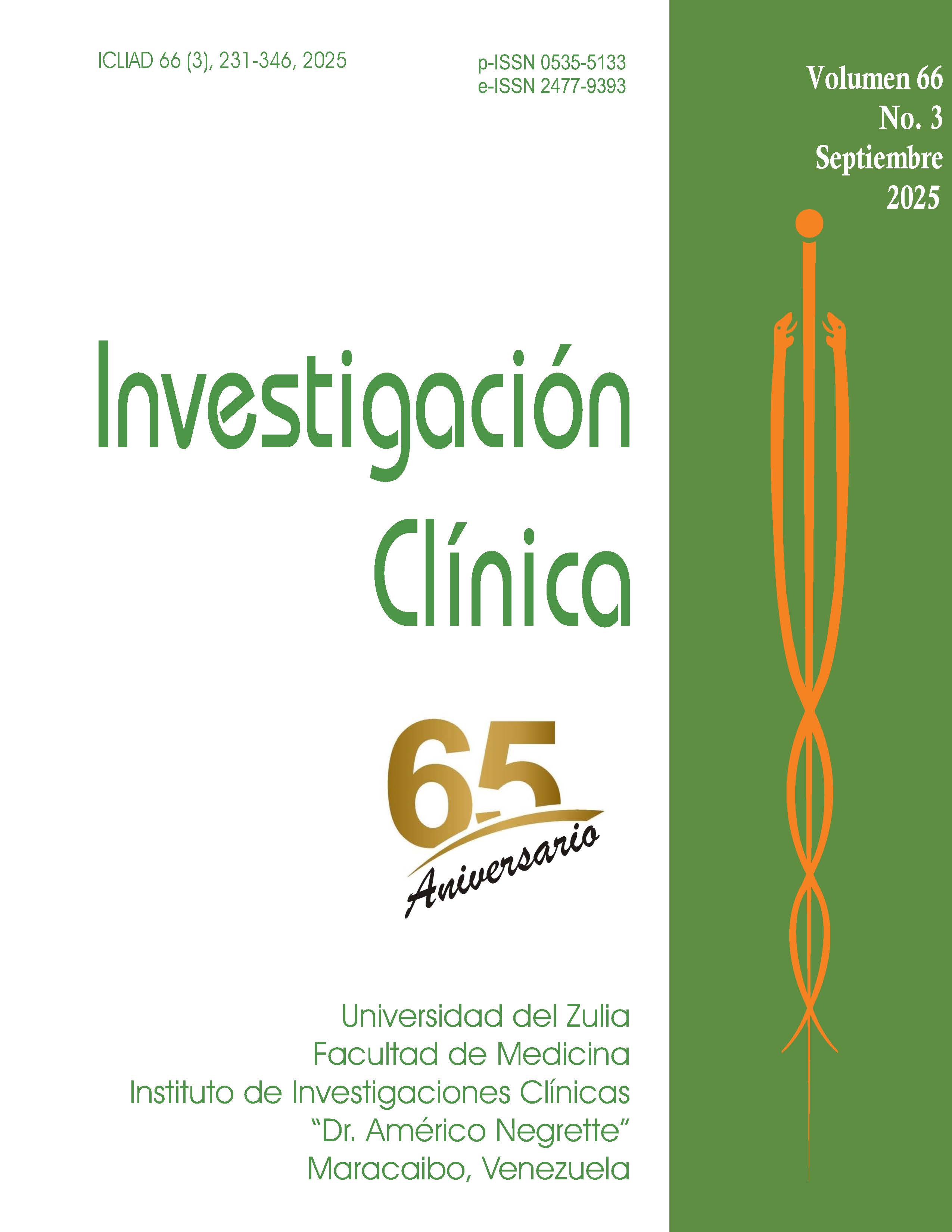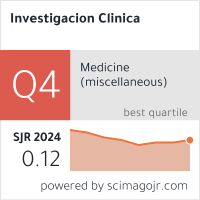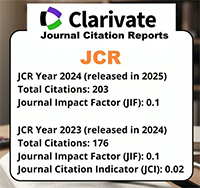Experimental study on the regulatory effect of Qinggan Dongyin on T lymphocyte homeostasis in MRL/lpr mice.
Estudio experimental sobre el efecto regulador de Qinggan Dongyin en la homeostasis de los linfocitos T en ratones MRL/lpr.
Resumen
El lupus eritematoso sistémico (LES) es una enfermedad autoinmune caracterizada por la sobreproducción de autoanticuerpos y un aumento del riesgo de infección, incluso con los tratamientos actuales. La homeostasis desrregulada de los linfocitos T contribuye a la progresión del LES, lo que impulsa la exploración de terapias inmunomoduladoras. Este estudio evaluó los efectos de Qinggan Dongyin (QGDY), un medicamento tradicional chino compuesto, en un modelo murino de LES. Doce ratones hembras MRL/lpr fueron divididas aleatoriamente un grupo modelo y un grupo de tratamiento con QGDY (n=6 en cada grupo), con ratones C57BL/6 emparejados por edad como controles. Se administró QGDY (5 mL/kg/día) por medio de sonda durante dos semanas; los controles recibieron solución salina. Se analizó la subpoblación de células T (CD4+, CD8+, Treg, Th1, Th2, Th17) mediante citometría de flujo, se midieron las citoquinas plasmáticas (IFN-γ, IL -6, TNF-α, IL -17A, TGF-β) por ELISA, se evaluó la patología pulmonar y renal mediante tinción con HE, y se evaluó la expresión de cGAS y STING mediante qPCR. En comparación con el grupo modelo, QGDY restauró significativamente el equilibrio de las células T al aumentar las células CD4+, CD8+ y Treg y reducir las células Th1, Th2 y Th17 (p<0,01). QGDY también disminuyó los niveles de citoquinas proinflamatorias (p<0,05), mejoró la histopatología de órganos y normalizó la expresión elevada de cGAS y STING (p<0,01). Estos hallazgos indican que QGDY ejerce efectos inmunomoduladores en el LES, sugiriendo un potencial terapéutico a través de la regulación de la función de las células T y las vías de señalización inflamatoria.
Descargas
Citas
Singh BK, Singh S. Systemic lupus erythematosus and infections. Reumatismo. 2020;72(3):154-169. https://doi.org/10.4081/reumatismo.2020.1303.
Rao M, Mikdashi J. A Framework to Overcome Challenges in the Management of Infections in Patients with Systemic Lupus Erythematosus. Open Access Rheumatol. 2023; 15:125-137. https://doi.org/10.2147/OARRR.S295036.
Akhlaq A, Aamer S, Hasan KM, Muzammil TS, Sohail AH, Quazi MA, et al. Systemic lupus erythematosus is associated with increased risk of mortality and acute kidney injury in patients with COVID-19 hospitalization: Insights from a National Inpatient Sample analysis. Lupus. 2024;33(3):248-254. https://doi.org/10.1177/09612033241227027.
Solé C, Domingo S, Vidal X, Cortés-Hernández J. Humoral and cellular response in convalescent COVID-19 lupus patients. Sci Rep. 2022;12(1):13787. https://doi.org/10.1038/s41598-022-17334-5.
Rao AP, Patro D. The Intricate Dance of Infections and Autoimmunity: An Interesting Paradox. Indian J Pediatr. 2024;91(9):941- 948. https://doi.org/10.1007/s12098-023-04928-8.
Kang N, Liu X, You X, Sun W, Haneef K, Sun X, Liu W. Aberrant B-Cell Activation in Systemic Lupus Erythematosus. Kidney Dis (Basel). 2022;8(6):437-445. https://doi.org/10.1159/000527213.
Li H, Boulougoura A, Endo Y, Tsokos GC. Abnormalities of T cells in systemic lupus erythematosus: new insights in pathogenesis and therapeutic strategies. J Autoimmun. 2022; 132:102870. https://doi.org/10.1016/j.jaut.2022.102870.
Ding M, Jin L, Zhao J, Yang L, Cui S, Wang X, et al. Add-on sirolimus for the treatment of mild or moderate systemic lupus erythematosus via T lymphocyte sub-sets balance. Lupus Sci Med. 2024;11(1): e001072. https://doi.org/10.1136/lupus- 2023-001072.
Zhang J, Zhang S, Qiao J, Qiu M, Li X. Risk factors analysis and risk assessment model construction of systemic lupus erythematosus patients with infection. Lupus. 2023;32(1):119-128. https://doi.org/10.1177/09612033221141255.
Chen PM, Tsokos GC. The role of CD8+ T-cell systemic lupus erythematosus pathogenesis: an update. Curr Opin Rheumatol 2021;33(6):586-591. https://doi.org/10.1097/BOR.0000000000000815.
Tsai YG, Liao PF, Hsiao KH, Wu HM, Lin CY, Yang KD. Pathogenesis and novel therapeutics of regulatory T cell subsets and interleukin-2 therapy in systemic lupus erythematosus. Front Immunol 2023; 14:1230264. https://doi.org/10.3389/fim mu.2023.1230264.
Talaat RM, Mohamed SF, Bassyouni IH, Raouf AA. Th1/Th2/Th17/Treg cytokine imbalance in systemic lupus erythematosus (SLE) patients: Correlation with disease activity. Cytokine. 2015;72(2):146- 53. https://doi.org/10.1016/j.cyto.2014.12.027
.
Dolff S, Bijl M, Huitema MG, Limburg PC, Kallenberg CG, Abdulahad WH. Disturbed Th1, Th2, Th17 and T(reg) balance in patients with systemic lupus erythematosus. Clin Immunol. 2011;141(2):197-204. https://doi.org/10.1016/j.clim.2011.08.005.
Paquissi FC, Abensur H. The Th17/IL -17 Axis and Kidney Diseases, With Focus on Lupus Nephritis. Front Med (Lausanne). 2021; 8:654912. https://doi.org/10.3389/fmed.2021.654912.
Zan SJ, Wang K, Zhang S, Fu K, Zhou SY, Feng JH, et al. A multicenter cohort study on “Qinggandong Decoction” for prevention of influenza. China J Tradit Chin Med Pharm 2023;38(5):1960-1966.
Sun Y, Geng Q, Zhao Y, Li C, Chen SF. Mechanism of action of Qinggandong decoction in the treatment of influenza based on network pharmacology and molecular docking. Hunan J Tradit Chin Med 2022; 38(01):144-152.
Su R, Lu J, Xi ZN, Wang JB, Song XB, Zhang H, Miao L. Qinggan Dongyin inhibits LPS-induced inflammation of RAW264.7 macrophages by regulating the NF-κB/ iNOS/NO signaling pathway. J Tianjin Univ Tradit Chin Med. 2022;41(06):737-745.
Ren M, Fu K, Zhou SY, Sun X. Expert consensus on clinical application of “Qinggan Yin” series pharmaceutics. Tianjin J Tradi Chin Med. 2020;37(11):1201-1204.
Yuan S, Zeng Y, Li J, Wang C, Li W, He Z, et al. Phenotypical changes and clinical significance of CD4+/CD8+ T cells in SLE. Lupus Sci Med. 2022; 9(1): e000660. https://doi.org/10.1136/lupus-2022-000660.
Schile A, Petrillo M, Vovk A, French R, Leighton K, Dragos Z, et al. A comprehensive phenotyping program for the MRL lpr mouse lupus model. J Immunol. 2018; 200:(1_Supplement):40.2. https://doi.org/10.4049/jimmunol.200.Supp.40.2.
Zhang D, Wang M, Shi G, Pan P, Ji J, Li P. Regulating T Cell Population Alleviates SLE by Inhibiting mTORC1/C2 in MRL/lpr Mice. Front Pharmacol. 2021;11: 579298. https://doi.org/10.3389/fphar.2020.579298.
Contini P, Negrini S, Murdaca G, Borro M, Puppo F. Evaluation of membrane-bound and soluble forms of human leucocyte antigen-G in systemic sclerosis. Clin Exp Immunol. 2018;193(2):152-159. https://doi.org/10.1111/cei.13134.
Hiramatsu-Asano S, Sunahori-Watanabe K, Zeggar S, Katsuyama E, Mukai T, Morita Y, Wada J. Deletion of Mir223 Exacerbates Lupus Nephritis by Targeting S1pr1 in Faslpr/lpr Mice. Front Immunol. 2021;11:616141. https://doi.org/10.3389/fimmu.2020.616141.
Barrett JP, Knoblach SM, Bhattacharya S, Gordish-Dressman H, Stoica BA, Loane DJ. Traumatic Brain Injury Induces cGAS Activation and Type I Interferon Signaling in Aged Mice. Front Immunol. 2021;12:710608. https://doi.org/10.3389/fimmu.2021.710608.
Chuang HC, Chen MH, Chen YM, Yang HY, Ciou YR, Hsueh CH, et al. BPI overexpression suppresses Treg differentiation and induces exosome-mediated inflammation in systemic lupus erythematosus. Theranostics. 2021;11(20):9953-9966. https://doi.org/10.7150/thno.63743.
Sun JK, Zhang WH, Chen WX, Wang X, Mu XW. Effects of early enteral nutrition on Th17/Treg cells and IL -23/IL -17 in septic patients. World J Gastroenterol. 2019;25(22):2799-2808. https://doi.org/10.3748/wjg.v25.i22.2799.
Lourenço JD, Teodoro WR, Barbeiro DF, Velosa APP, Silva LEF, Kohler JB, et al. Th17/Treg-Related Intracellular Signaling in Patients with Chronic Obstructive Pulmonary Disease: Comparison between Local and Systemic Responses. Cells. 2021;10(7):1569. https://doi.org/10.3390/cells10071569.
LiJ,ZhaoJ,ChaiY,LiW,LiuX,ChenY. Astragalus polysaccharide protects sepsis model rats after cecum ligation and puncture. Front Bioeng Biotechnol. 2022;10:1020300. https://doi.org/10.3389/fbioe.2022.1020300.





















